#interior design inspiration
Text

via https://www.pinterest.com
92 notes
·
View notes
Note
Here's a bit of an odd (but hopefully not unwelcome) question: you've mentioned a couple of times your interest in interior decorating, but how do you *find* items for your house to fit a specific aesthetic? Where do you even look/how do you search for stuff? Or do you just look through shops and flea markets and hope to get lucky?
Ok, I love this question. (You may regret asking if you see the length of this reply 😅)
SO.
The simple answer is, I thrift a lot (on- and offline), I buy at estate sales and auctions, I rarely pass an interior design store without taking a look inside (even stores that are decidedly not my style at first sight), I read industry magazines, I save up for pieces by indie creators, and in some cases I make my own stuff (I can weld and upholster). So yeah, to an extent it's "luck".
The complicated answer is that it's about understanding my own aesthetic and optimising my search experience.
I know a lot of people who sort of know what they like, but also don't really know what they like. They'll be able to look at pictures of interiors and say "I like that" and "I hate that" but not really know how to articulate why. They might even have a label for the aesthetic they prefer, like "minimalist" or "clean and modern" or "cozy Scandinavian" or something like that, but still not really be able to articulate what that materially entails. (Yes, I know, I'm singling out a certain type of people here -I'll stop eyeing them once they stop doing this shit.)
Why is one room "good" to you and another not, even if they're both technically the same style? What makes a space work? What is the "invisible background" in the spaces you love -tall ceilings, exposed beams, greenery outside, natural light, latticed windows, crown moulding? A lot of times people think they like the interior but they really just like the house it's in, much like how you might think an outfit is stylish only because the person wearing it is hot.
Similarly… do you actually love the look of an interior or do you just love the lifestyle implied in it? Do you actually like empty surfaces or are you just tired of cleaning up your housemates' clutter? Do you love big open kitchen/dining room combos or do you just wish you had a social circle that did dinner parties? Do you really want a giant white couch or do you just dream of living in California? Similarly to ads that may be advertising a car but are selling you on the dream of freedom to travel, interiors are tied up with non-material desires and aspirations. And while that's not *bad* per se, it's very difficult to actively work towards an aesthetic if you can't tell apart that aesthetic from the underlying desires. After all, you want an interior that works for the space you actually have and the life you actually live.
The reason this is important is because the moment you understand what you are really after, you are no longer bound by names of designers, shops and styles. It stops mattering. You can find things you enjoy anywhere, from thrift shops to IKEA to antiques auctions to specialty warehouses to Etsy, without it needing to be tagged with the label of an aesthetic you're trying to fit in. A lot of the "but how will I even find anything"/"everything I love is too expensive" stress disappears like this.
Understanding how your preferred style and aesthetic actually works under the hood also gives you insight into what sort of things you *need* to make it work, what stuff adds depth and volume but can't carry the theme by itself, and what sort of things are "false friends" -stuff that seems like it "should" fit your aesthetic but actually hampers it in the space you're in. (As in: a big white sectional is not gonna give you California Cool in a cramped terrace house in Birmingham, rather the opposite.)
The second-best advice in interior designing is "buy what you love" -the genuinely best advice is "understand what you love". Because once you do, you'll find things you like everywhere.
There's also optimizing your search. This is one of the few things where website algorithms are actually your biggest friend. One of my favourite things is the "more like this" function on a lot of platforms. If you tidily keep and organize favourites on Etsy, the algorithm will typically present you with stuff that's genuinely similar to items you already like. Just using Instagram to follow artists and creators you like will curate your feed and expose you to other stuff that fits the look. Pinterest allows you to both passively and actively find similar looking items, which can expose you to items and designers you never knew existed.
Favouriting items on my most-used second hand platform (2dehands, a local Belgian thrifting platform) will actively put items that visually resemble those favourites on my front page. It's awesome, and you can "weaponize" it in your search.
For example, earlier this year I really wanted an Asian style lacquer cupboard. They can be quite expensive, and usually get picked up fast second hand. So for a week or two, I actively searched for and favourited *every* lacquer cupboard I found on 2dehands, including ones I didn't like, that had the wrong dimensions, or that were far too expensive for me. Fairly quickly, my front page was essentially all lacquer cupboards, including ones that weren't even advertised as such and that I would never have found through the textual search function. And lo and behold, I found the perfect one, and it was an absolute steal too.
Another way to optimise your search is to cast a wide net. I never pass a home décor store or antiques warehouse without taking a peak. I have bought items when I was on work trips, when I was visiting family, when I was on holiday. "Thrift stores near me" is my favourite search on google maps. And yes, sometimes that meant carrying a mahogany prayer chair on my back while walking 30 minutes to the train station in high heels and office clothes xD
A final tip is to sometimes just trust your gut and go for it. A couple of my favourite buys are ridiculous shit, like a chair shaped like high heel and a bronze statue of a robot giving cunnilingus to a woman. And the biggest interior design regrets I have are all items I didn't buy. (to this day I regularly think about the giant 5-panel hand-painted Chinese screen doors I passed up on and the Lucite dining chairs I couldn’t arrange transport for.) There is such a thing as "too cohesive" in interiors. Your home is not a catalog photo; sometimes, particularly if the item is unusual or unique, you gotta trust your affection for it without necessarily knowing how it fits in the picture. (In a way, your brain is also an algorithm subject to customisation through exposure. Learn to trust it! ^^)
It's important to note with all of this though… this is my hobby. I love spending time on it. I imagine if you're trying to curate an interior this way when you're new to it (especially if you're trying to get to a certain look all at once without any mistakes or misbuys) it's hella overwhelming and time-consuming. It's not for everyone. But even if you have no interest in turning your home decor into a hobby, the base principles still apply. If you understand what you're really after, it's much easier to identify things that would work in your space, anywhere you go, no matter how often you actually go looking.
(My own house is very much NOT perfect -a perpetual “blessed mess and work in progress”, in all honesty. But well. I AM out here giving advice, so feel free to check out some non-staged, very much non-magazine worthy pics of my home, below the cut.)

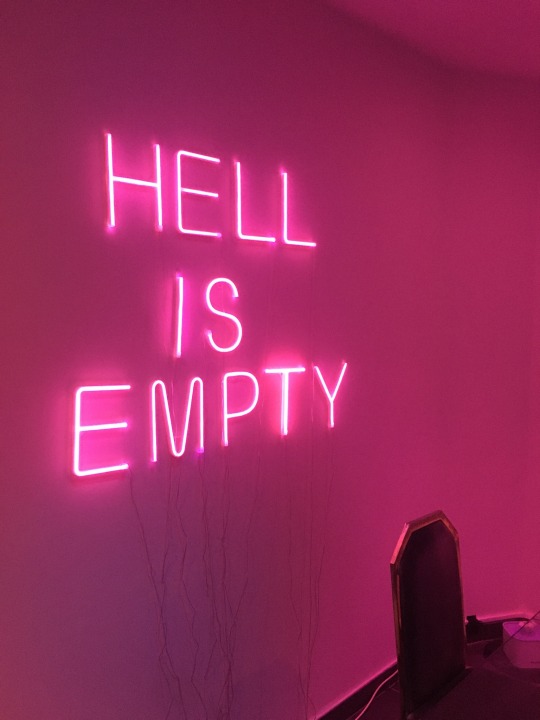


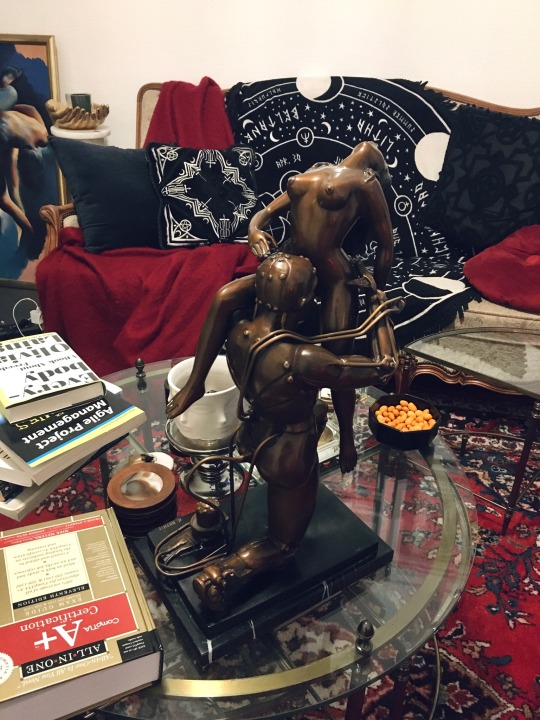
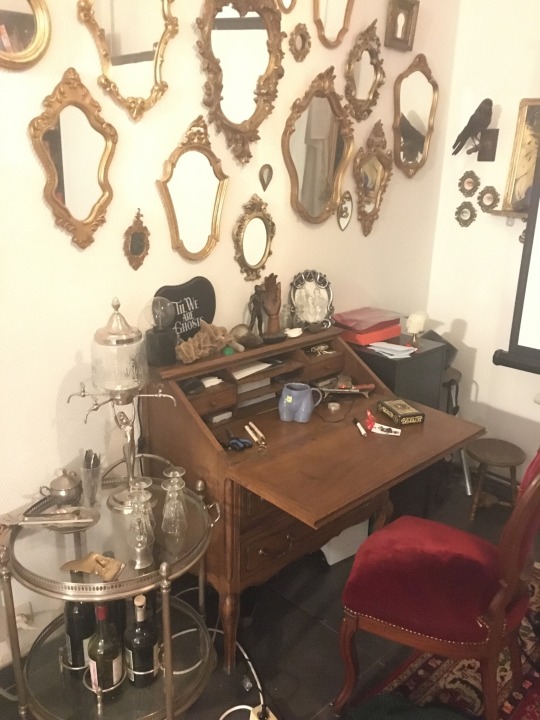
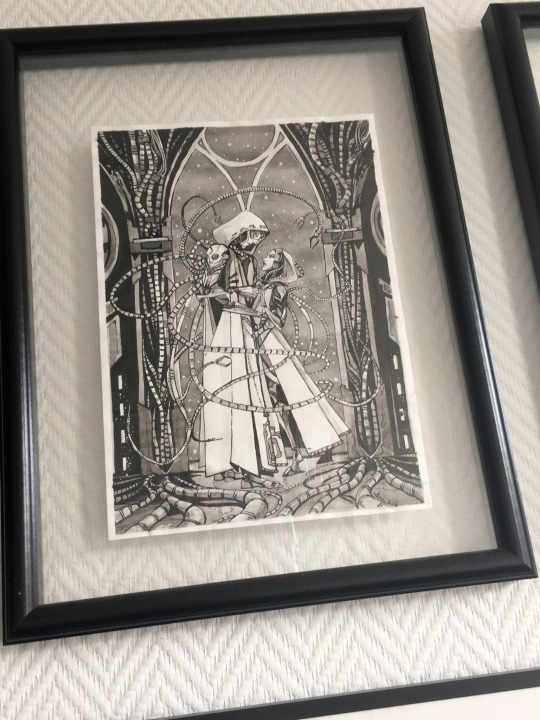
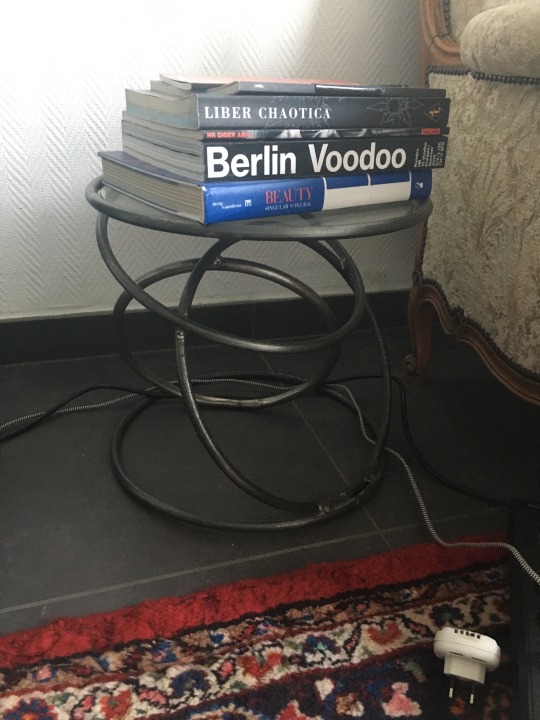
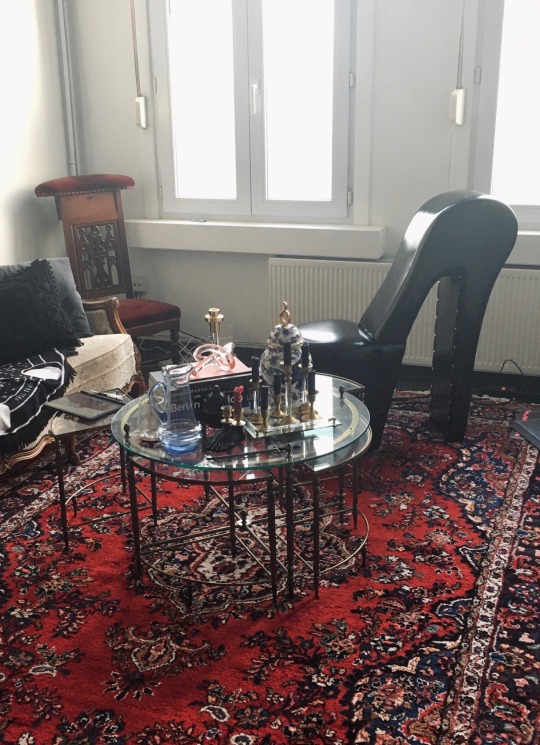
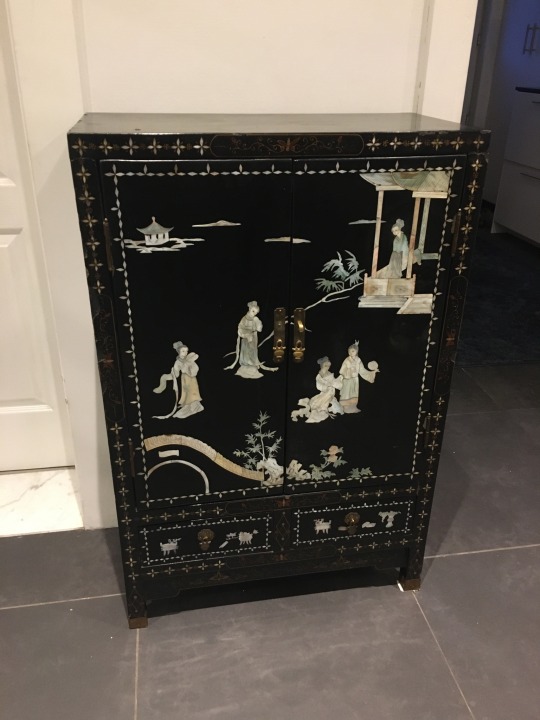
#disaster replies#disaster house#interior design#interiors#maximalism#interior design inspiration#home decor
9 notes
·
View notes
Text
@studiolawsl presents a sophisticated interior dressed in muted blue tones that create a serene and soft ambience.

Just observe how this cool color is counterbalanced with the addition of various plush textures and deep wooden furniture accents that bring in a touch of warmth.
Lastly, we can allow our gaze to indulge in the careful modern design as displayed in the grand and contemporary lighting arrangement, wide spaces, and marble decor.



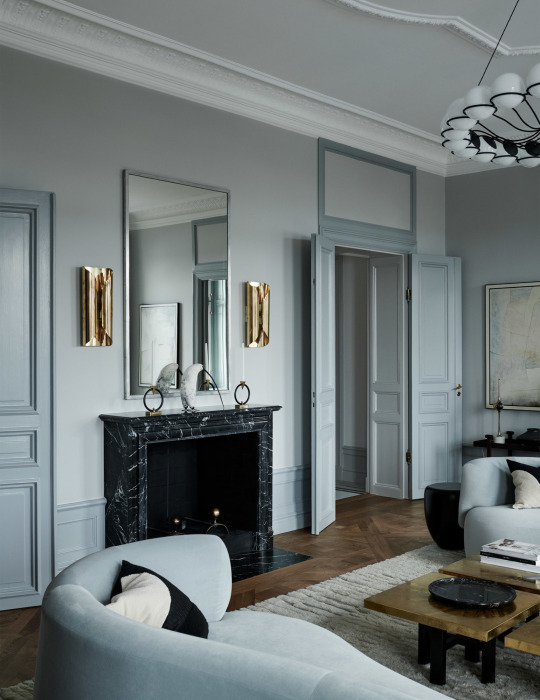


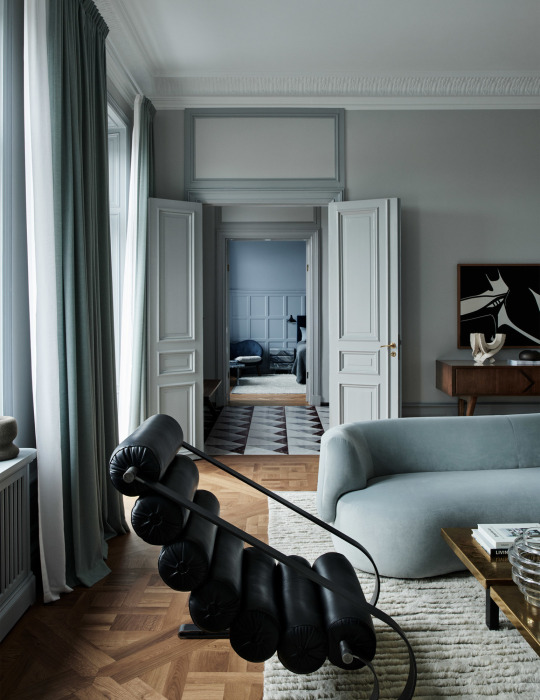


#modernfurniture#moderndesign#designers#miami#modernhomes#contemporarydesign#furniturestores#sofas#interior design miami#interiordecoration#blue interiors#calm aesthetic#luxuryfurniture#interior design inspiration
10 notes
·
View notes
Text







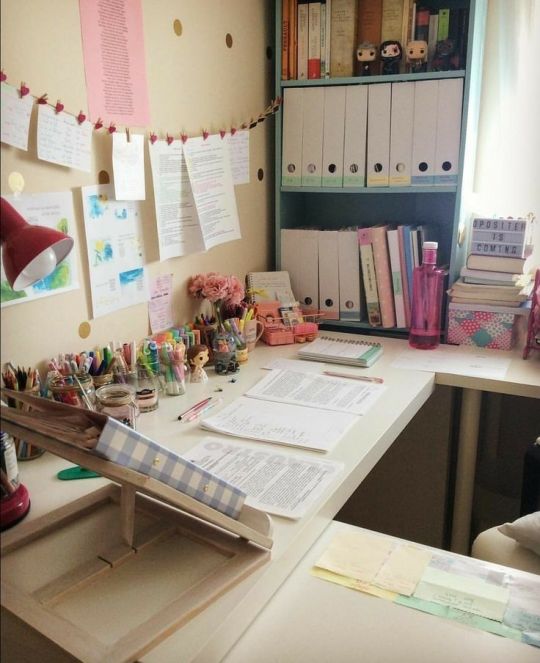
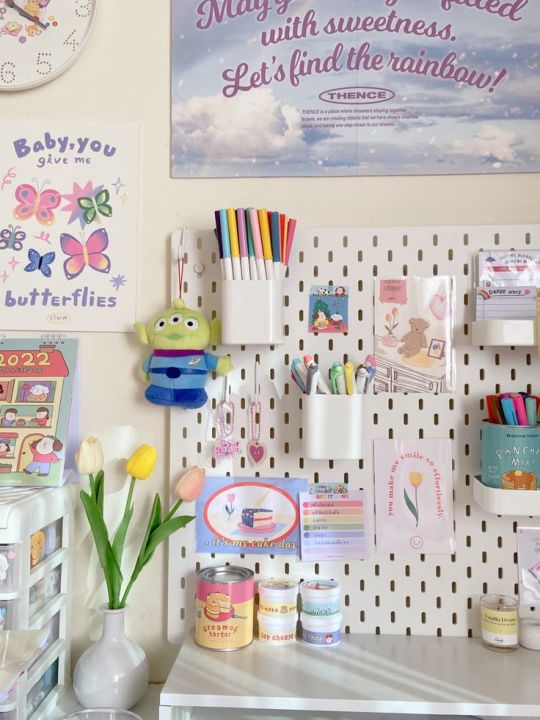
Man cave ideas
11 notes
·
View notes
Photo

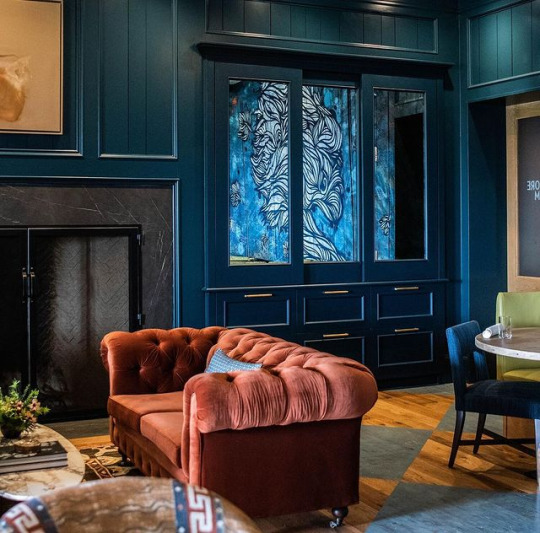
Sycamore, at Blackberry Mountain
#those colors#color#hues#textures#interior design inspiration#interior decorating#Blackberry Mountain#Blackberry Farm Design
17 notes
·
View notes
Text

#architecture#interior design#toro & liautard#hugo toro#maxime liautard#contemporary design#french design#pinterest#interior design inspiration#home decor#decor
2 notes
·
View notes
Text
Cork Flooring: An Eco-Friendly and Affordable Choice for Interior Design

View On WordPress
#architecture#backyard#balcony#bedroom#community#decor#design#designer#furniture#home#homedecor#ideas#inspiration#inspire me interior design#interior#interior design#interior design catalog#interior design inspiration#interior design magazine#interiors#living room#livingroom#luxury#modern#modern interior#modern interior design#photography#renovation#styling#sweet home usa interior decoration
1 note
·
View note
Text
Decorating with Petroleum Green
Petroleum green color adds depth, sophistication, and tranquility to any space. From walls to accessories, it’s time to embrace this bold yet calming hue in your decorating game.
Unleash the hidden charm of your home with petroleum green decor. This trending color adds a touch of elegance and sophistication to any room. From accent walls to furniture, here’s some ideas to incorporate it into…

View On WordPress
#decorating with petroleum green#Home Decor#home decor ideas#interior design ideas#interior design inspiration
0 notes
Photo

End the mess with a touch of class! Transform your living space with these 20 stunning Ottoman Tray Ideas. Add elegance and organization to your home today.💫
#Ottoman Tray Ideas#Stylish Ottomans#Home Decor#Decluttering Ideas#Beautiful Interiors#Space Saving#Interior Design Inspiration#Living Room Ideas#DIY Ottoman Trays#Modern Home Decor#Creative Decor#Organizing Tips#Practical Design#Functional Decor#Furniture Styling#Home Organization Solutions#Decorative Trays#Chic Living Spaces#Home Improvement#Personal Space Style
0 notes
Photo

Contemporary Living Room - Loft-Style
Design ideas for a mid-sized living room remodel in the formal and loft styles with a medium tone wood floor, multicolored walls, a standard fireplace, a concrete fireplace, and a wall-mounted tv.
#luxury home interior design#interior design inspiration#interior design renderings#toronto home renovation#contemporary home renovation and design#home interior design#3d renderings
0 notes
Text

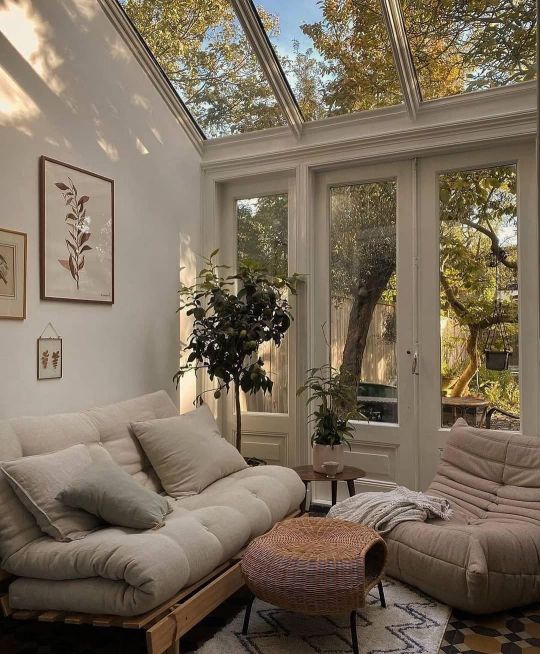
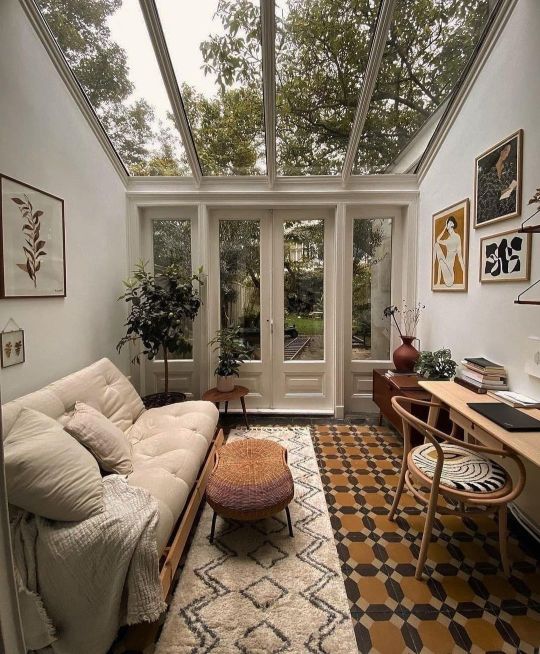
㋡🥀
peaceful..
#nature#art#design#fashion#beauty#scenery#interiors#cute#photographers on tumblr#cottagecore#naturecore#cute animals#inspiration#motivation#alternative#travel#photography#landscape#paradise#adventure#exlore#traveling#indie#style#vintage#retro#aesthetic#dark academic aesthetic#pretty#baby animals
85K notes
·
View notes
Text
The Art of Event Management: Key Tips and Best Practices for Creating Memorable and Impactful Experiences
Introduction:
Event management is a complicated procedure that requires meticulous planning, coordination, and execution to provide unforgettable events for attendees. Whether it's a conference for business, a product launch, or a social gathering, the success of any event depends on the effectiveness of its management strategies. In this blog, we'll explore the art of managing events by providing the essential tips and the best practices Event Management Company in Delhi and event planners will be able to implement to ensure that the event leaves a lasting impression on the attendees.
1. Create clear objectives and define the audience:
Before you begin planning your event, setting clear goals for your engagement is essential. Decide what you wish to accomplish, whether it's branding awareness, networking opportunities, networking, and educational information. In addition, you should identify your intended people to customize the experience of your event accordingly. Knowing your audience's needs and goals will inform all other aspects of your event planning.
2. Create a detailed Event Plan:
A comprehensive plan for the event is crucial to ensure a smooth event. Plan out the event's timeline, including the pre-event, on-site and post-event events. Be aware of factors such as the venue and budget allocation and logistics, marketing strategies, and contingency strategies. A well-organized event plan provides a guideline to success and assists in ensuring that all aspects that go into the event are taken care of.
3. Create engaging content and experiences:
To draw the attention of attendees and create an unforgettable experience:
Concentrate on creating captivating information and experiences.
Plan a schedule that includes educational sessions, interactive workshops, and captivating keynote speakers.
Include elements such as panels, Q&A sessions and hands-on activities to increase attendees' participation.
Utilize technology, such as applications for events or platforms, to increase engagement and encourage networking.
4. Be aware of the Event Branding
A consistent event branding strategy is essential for creating a seamless and well-known experience. Create a visually appealing logo, select the colour scheme consistent with your brand's image and ensure that you have consistent branding elements throughout the event's collateral, including invitations or signage and digital resources. Consistent branding helps to establish an enduring image for the event and creates an impression on guests.

5. Use Effective Marketing Strategies
Effectively promoting your event is vital to drive attendance and create excitement. Use various marketing channels, such as email, social media and targeted advertising, to reach out to your intended people. Create compelling messages that highlight the unique benefits of your event and the main benefits. Use Event Management Company in Delhi's Event Management Company in Delhi experience to draw on their networks and expertise for event marketing.
6. It is essential to prioritize Seamless Logistics and Operations:
A successful event management process requires meticulous care for logistics and operation. You should ensure a smooth registration process, a proper venue setup, and seamless technical and audiovisual assistance. Work with caterers, vendors as well as other providers of services to ensure the best experience for your guests. A dedicated team for your event who can manage the on-site operation and deal with any issues that might occur during your event.
7. Foster Meaningful Networking Opportunities:
Networking is an essential element of every gathering. Provide opportunities for attendees to meet and connect. Include networking events, breakout groups, or designated lounges where attendees can interact and create beneficial connections. Inspire the use of hashtags specific to your event and also provide opportunities for networking online before and during the event.
8. Get Feedback from your customers and measure success:
Following the party, collect Feedback from guests to better understand their experiences. Conduct post-event surveys or interviews to discover what went well and what areas require improvements. Determine the extent of success using predetermined objectives such as attendance satisfaction and leads generated, coverage in the media or social media interaction. Examine data and metrics to determine the overall impact and effectiveness of the particular event.
Conclusion:
Event management requires meticulous planning, attention to particulars, and determination to create unforgettable events. Follow the suggestions and best practices described in this blog article. Event Management Company in Delhi and event planners can ensure that their events make an impact and make a lasting impression on the attendees. From establishing clear objectives to creating engaging and informative content, ensuring the logistics are seamless, and creating positive networking opportunities, Successful event management is a blend of science and art. Utilize these strategies let your imagination run wild, and organize events that are a hit with your intended audience.
#Event Management#Event Planning#Event Management Company in Delhi#Event Coordination#Exhibition and Event management#Event Marketing#3d stall design#best exhibition stall design#Retail Interior Design#event management company#Interior design#Interior Design Inspiration
1 note
·
View note
Text

This gives a new meaning to a cliff side home
#toya's tales#white house#cliffhanger#cliff side#cliffs#style#toyastales#toyas tales#home decor#art#interior design#architecture#november#fall#autumn#home inspiration#home interior#home inspo#home improvement#home design#home builders#white sofa#modern house#modern home#modern life#modern living room#modern lighting#living room
7K notes
·
View notes
Text
Elegance has surpassed new levels in this @k.s.h.design interior featuring contemporary design at its finest and most innovative side.
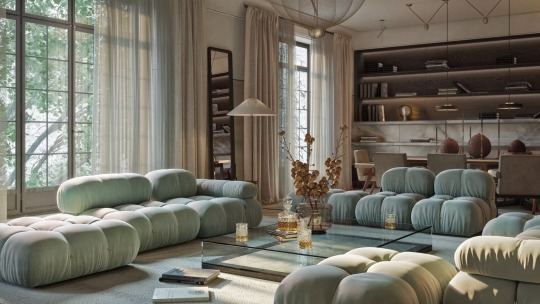
A calming shade of teal dresses each room in a cohesive theme that is complemented by the shapely furniture and ultra modern architectural surrounds.
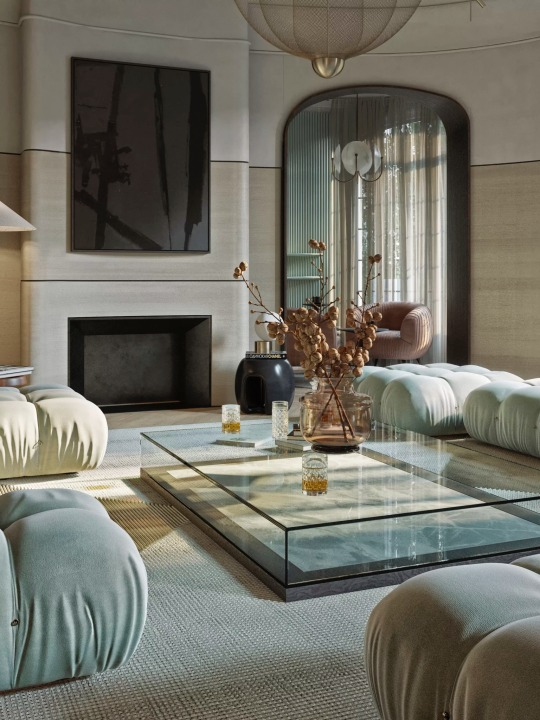
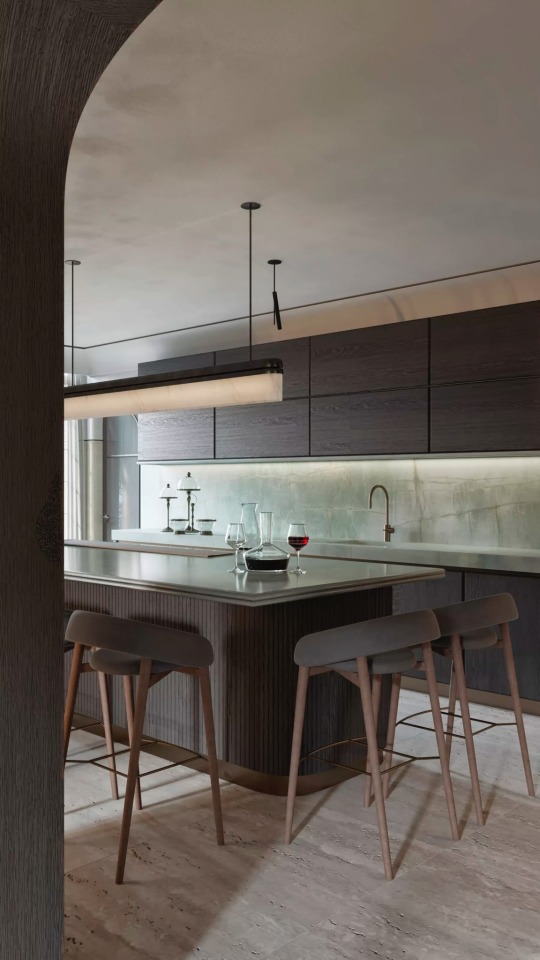

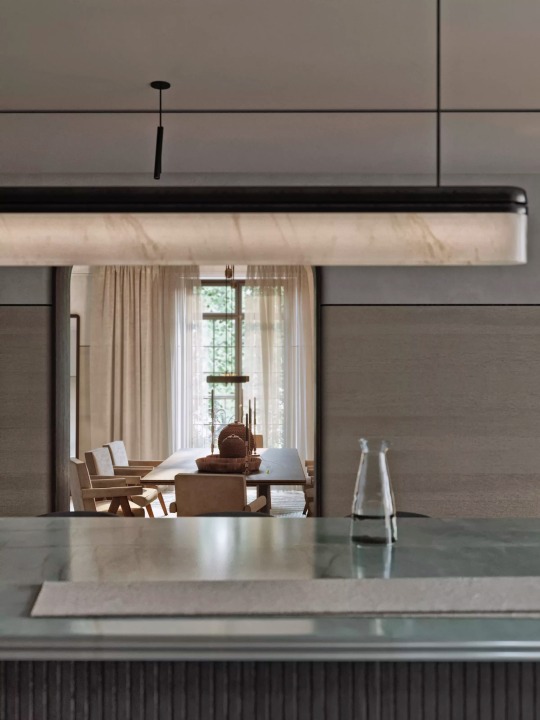
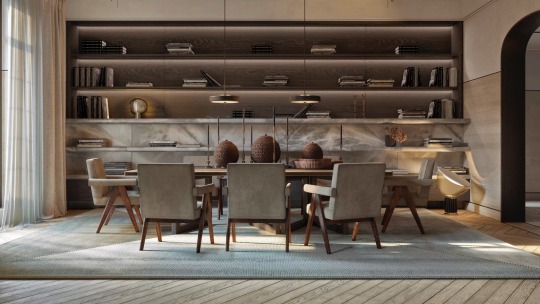
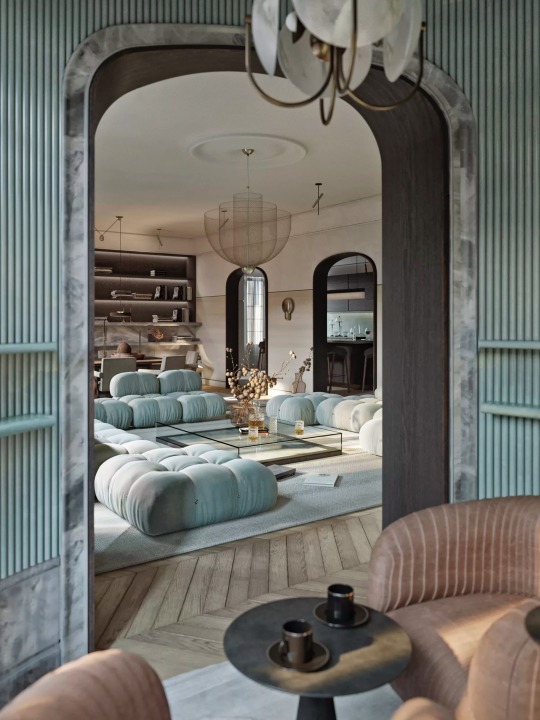
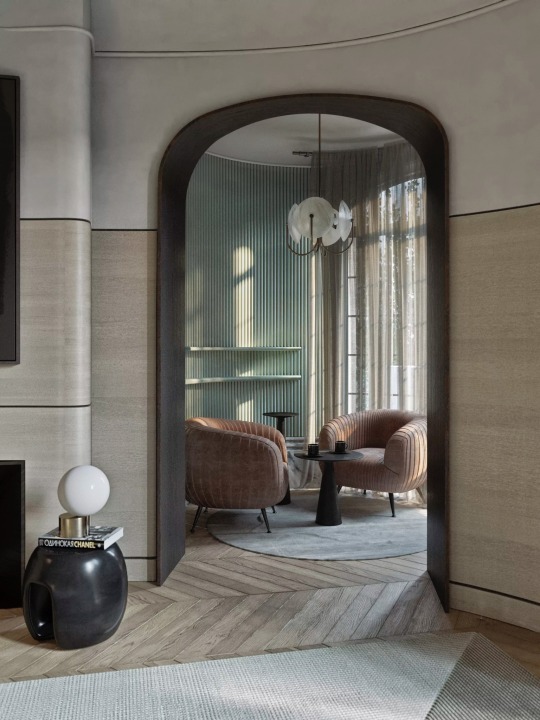
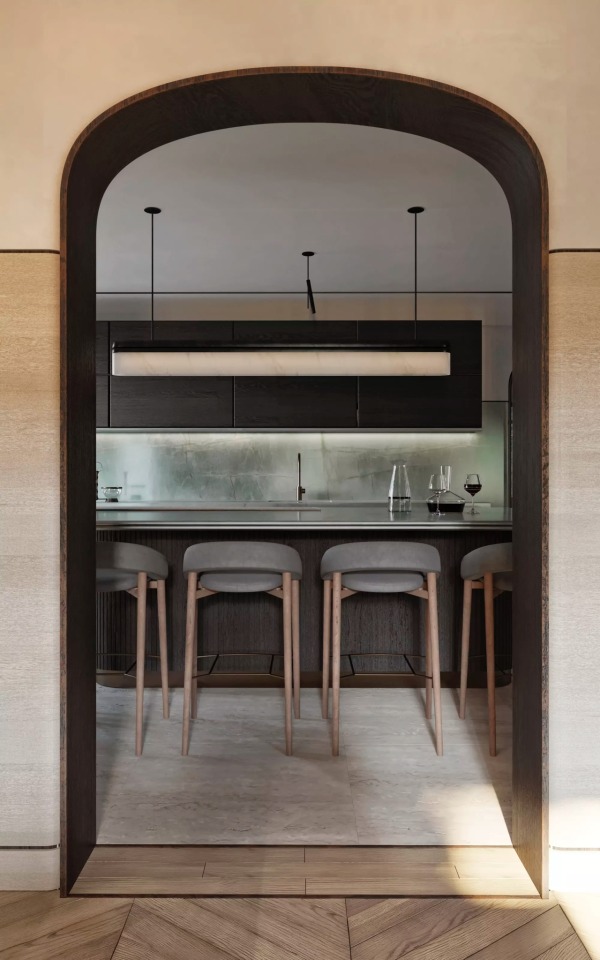

#modernfurniture#moderndesign#designers#miami#modernhomes#contemporarydesign#furniturestores#sofas#interior design miami#interiordecoration#teal blue#luxuryfurniture#interior design inspiration
2 notes
·
View notes
Text


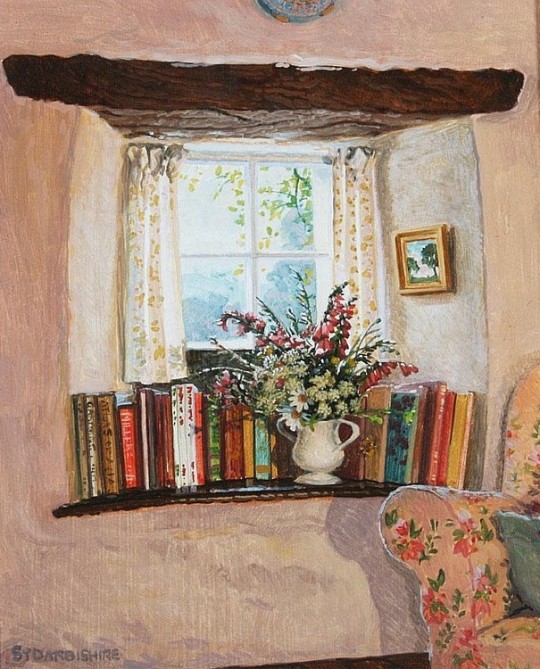

our home should have colours and flowers. daisy sims hilditch / christine atkins / stephen darbishire / marie-louise roosevelt pierrepont
#inspired by a conversation my gf and I had about our future home <3#art#painting#art moodboard#art compilation#moodboard#home#house#interior#interior design#interior art#parallels#web weaving#comparisons#comparatives#art series#art mb#concepts#compilation#aestehtic#daisy sims hilditch#christine atkins#stephen darbishire#marie-louise roosevelt pierrepoint
11K notes
·
View notes
Text
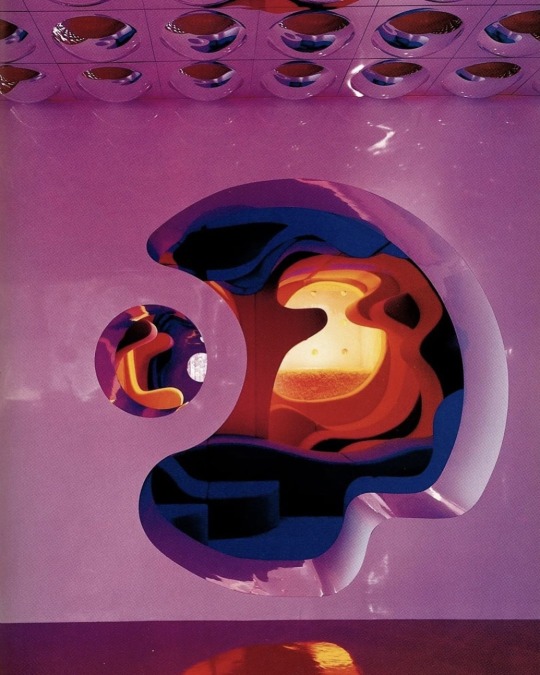
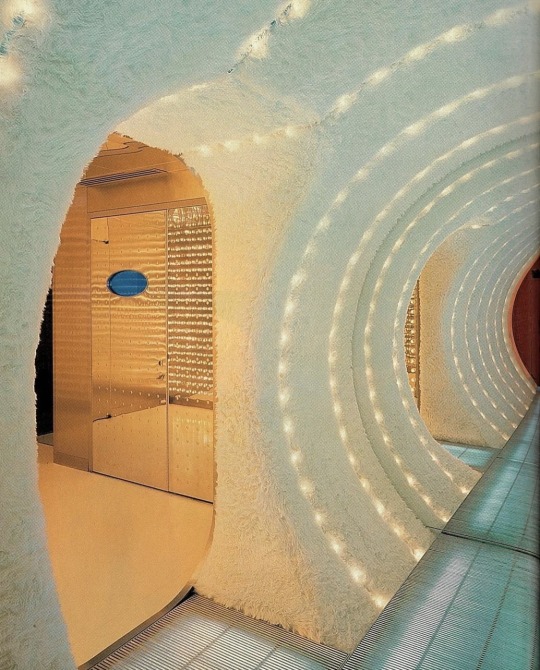
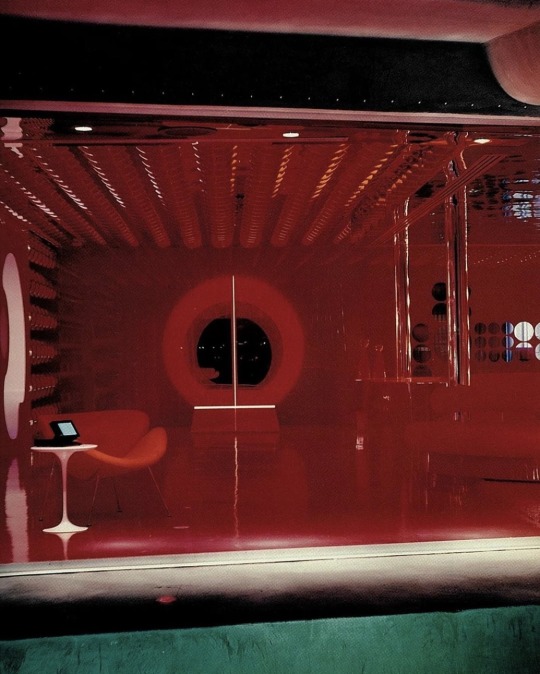
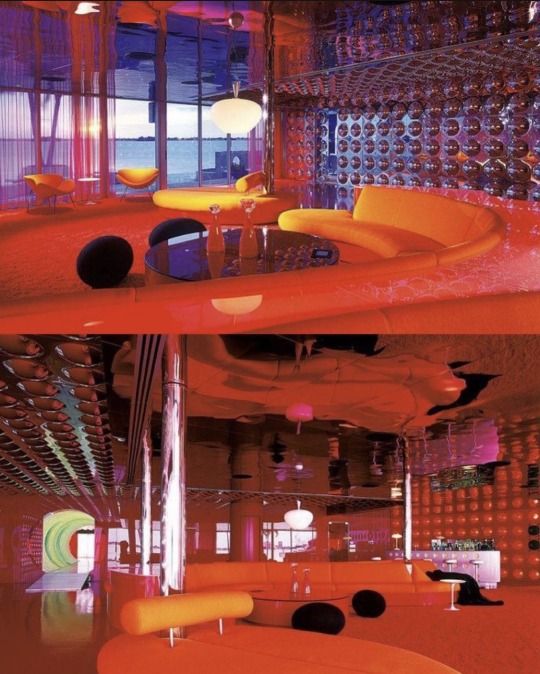


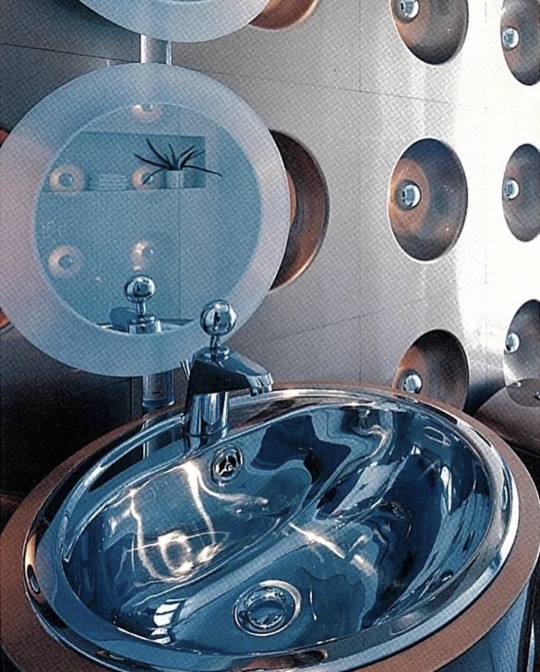

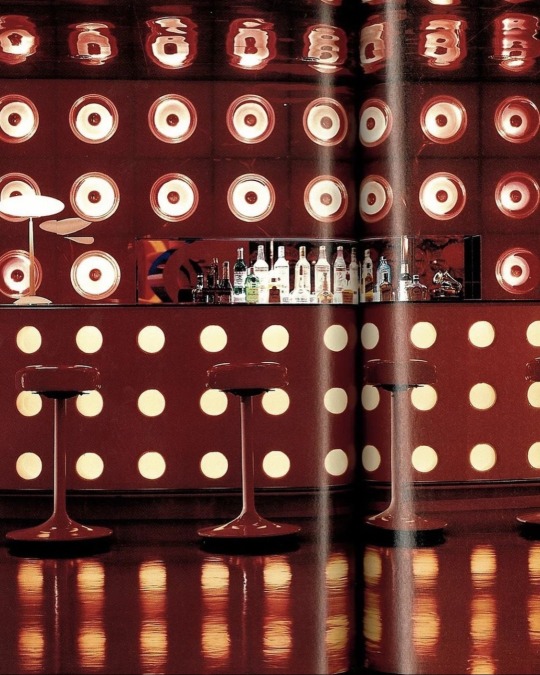

Lenny Kravitz’s Miami home (1999) designed by: Architropolis
#lenny kravitz#aesthetic#90s#1999#architect#architecture#architectdesign#design#interiors#interior#interior design#design inspiration#inspo#miami#y2k aesthetic#y2k#90s aesthetic#art#cybercore#cyber y2k#futurism#futuristic#future#galactic#spacecore#groovy#groovy aesthetic#celebrity homes
2K notes
·
View notes